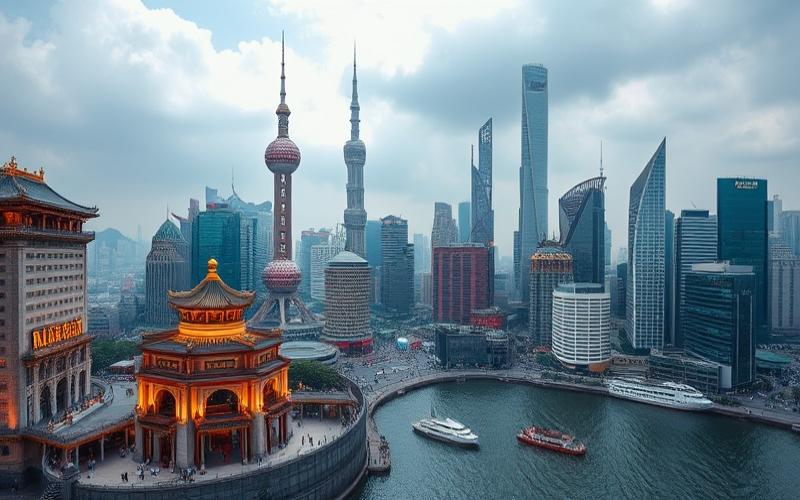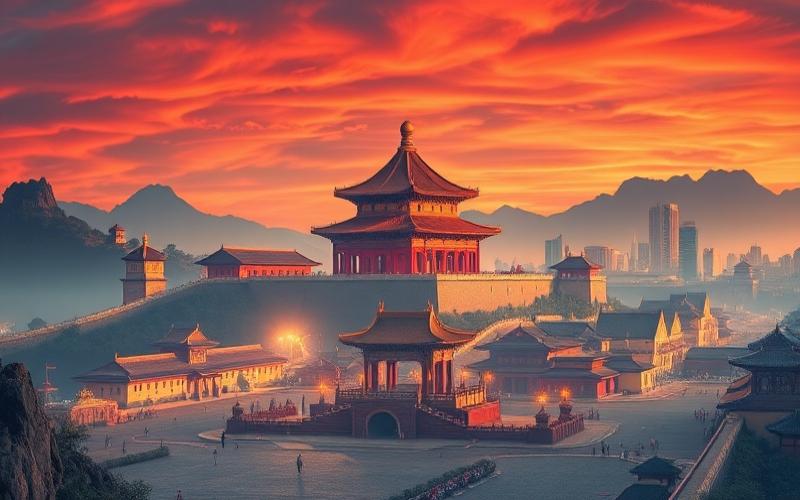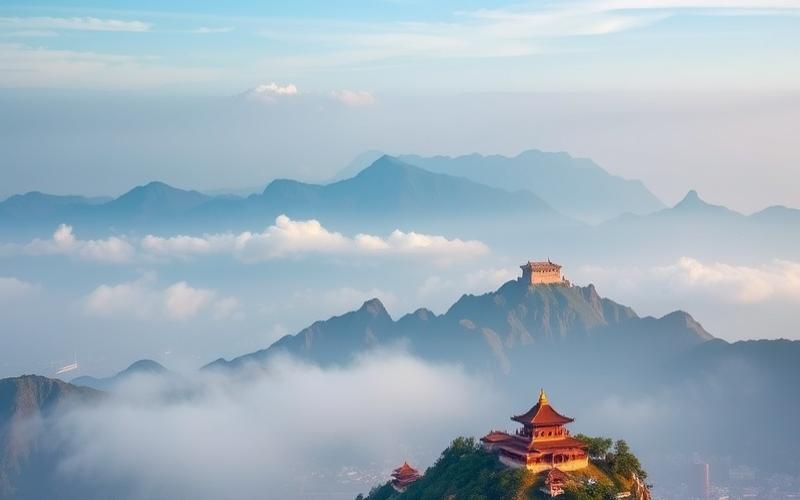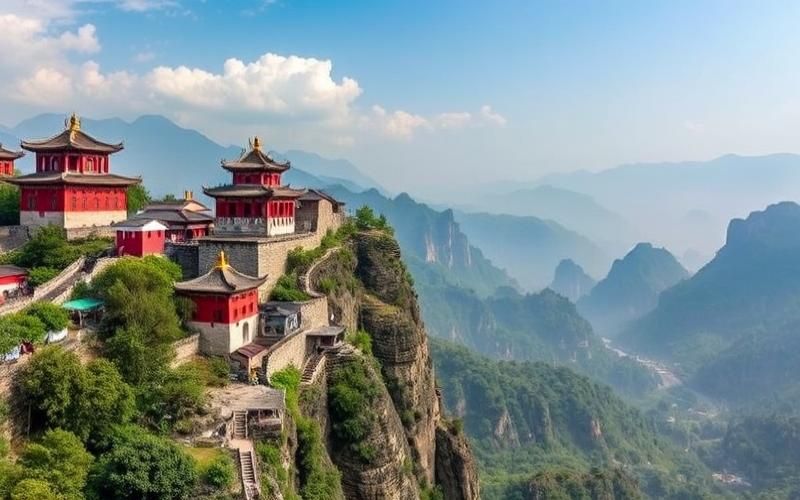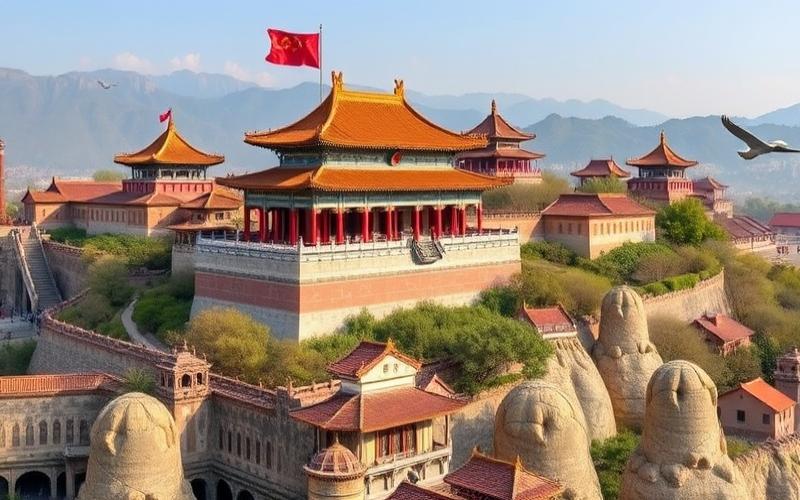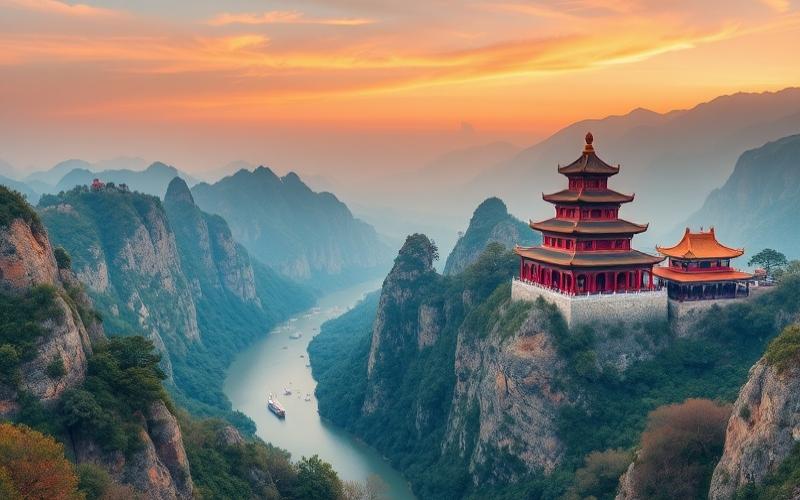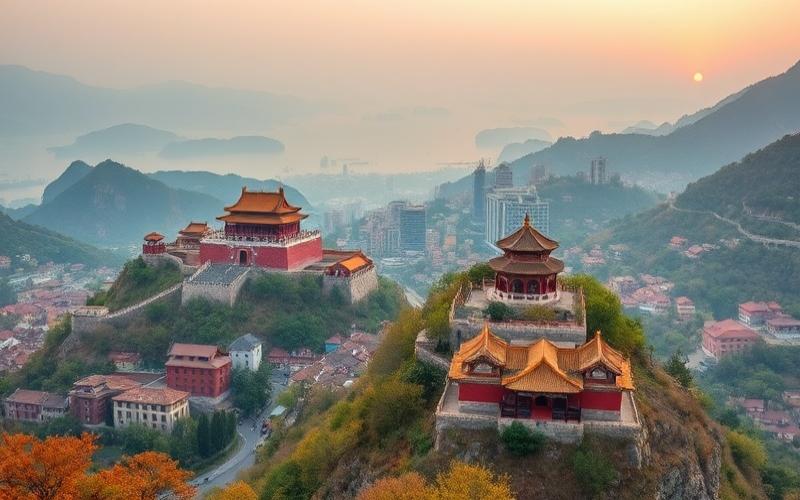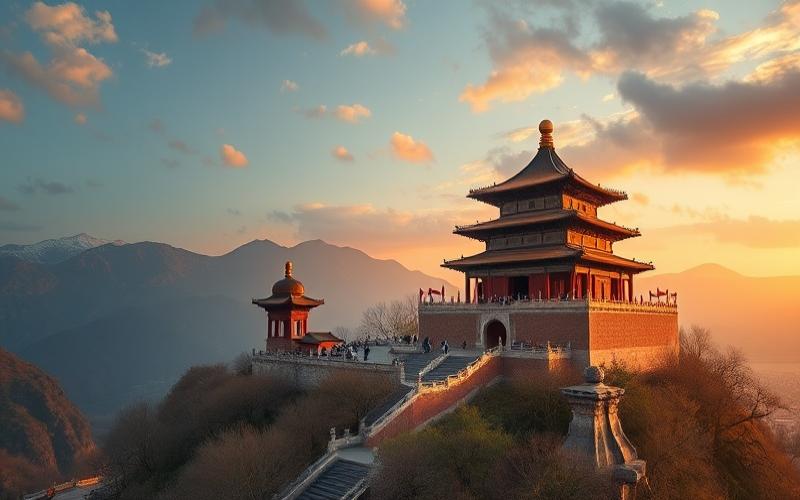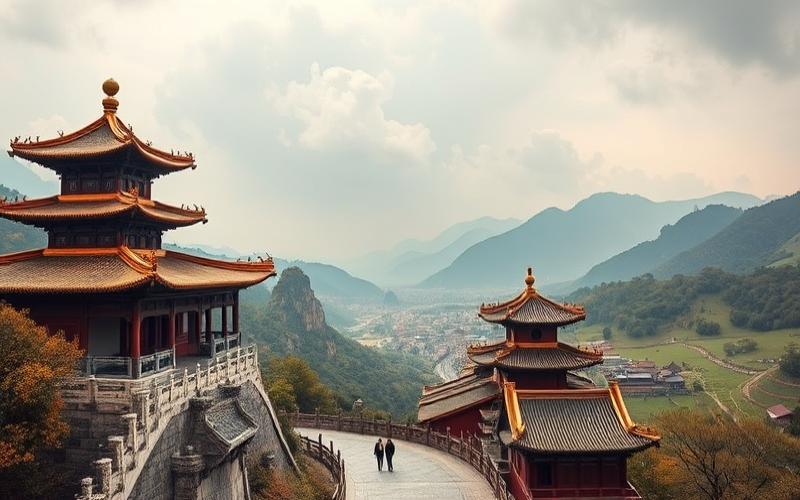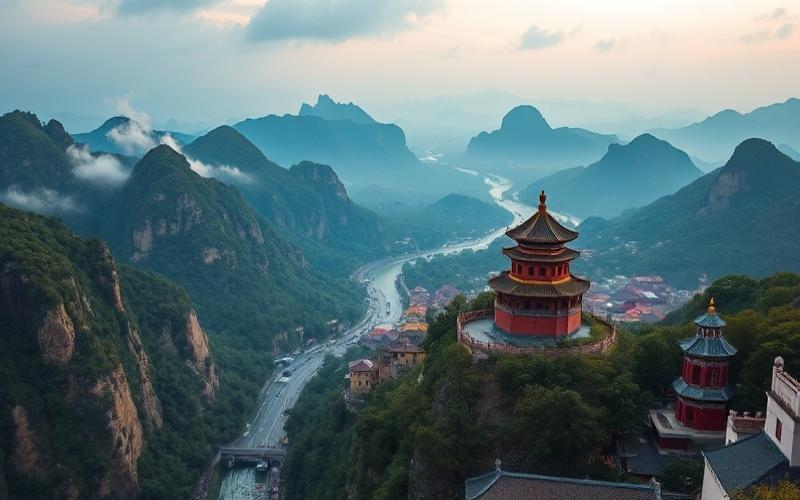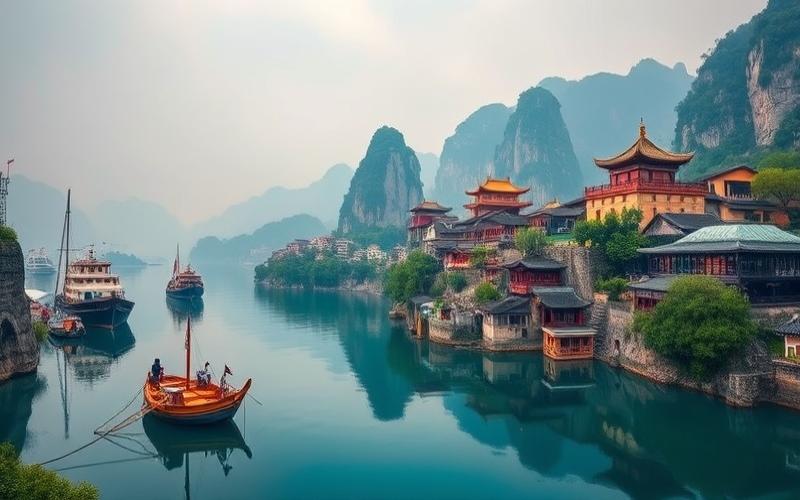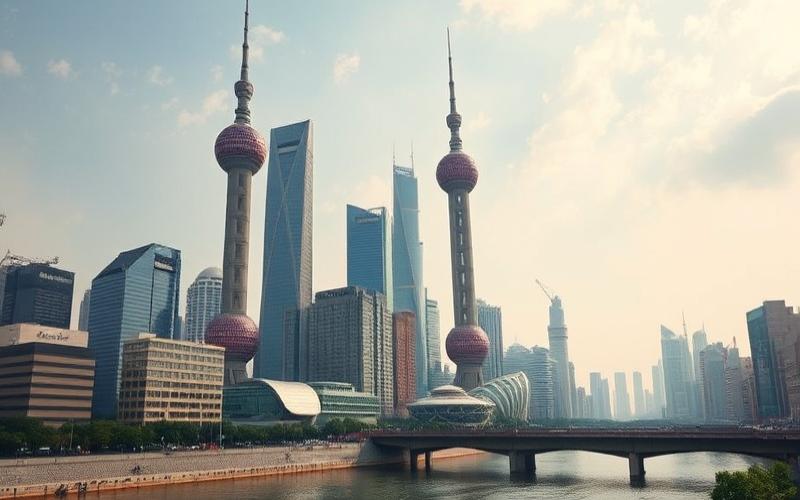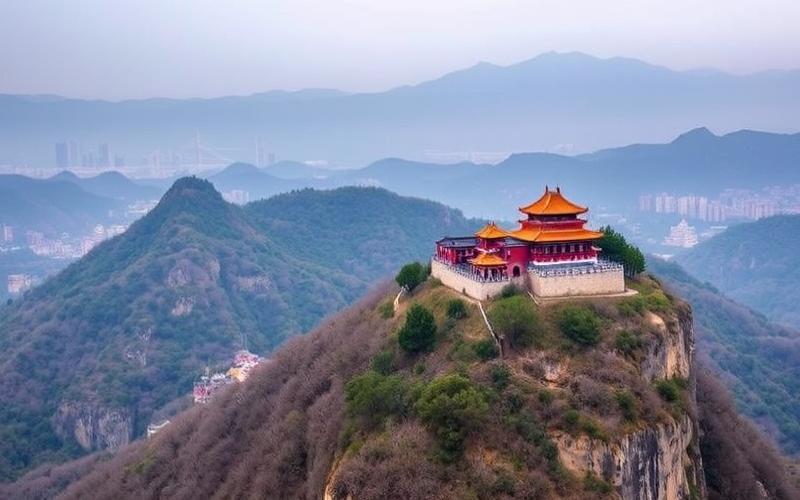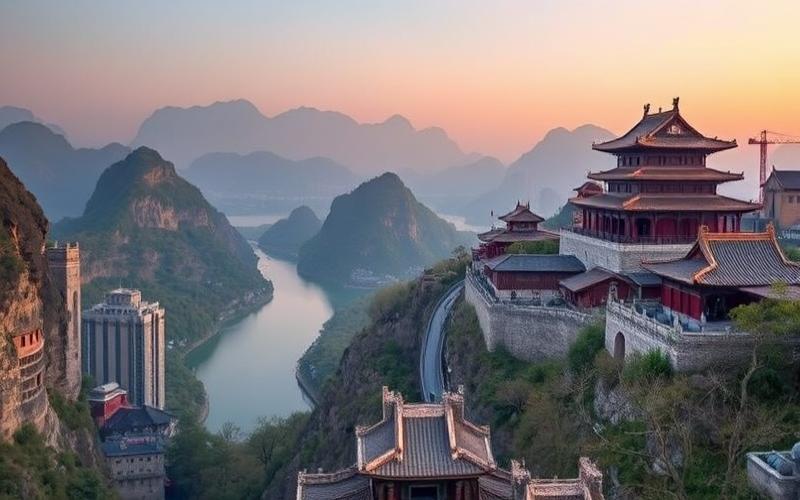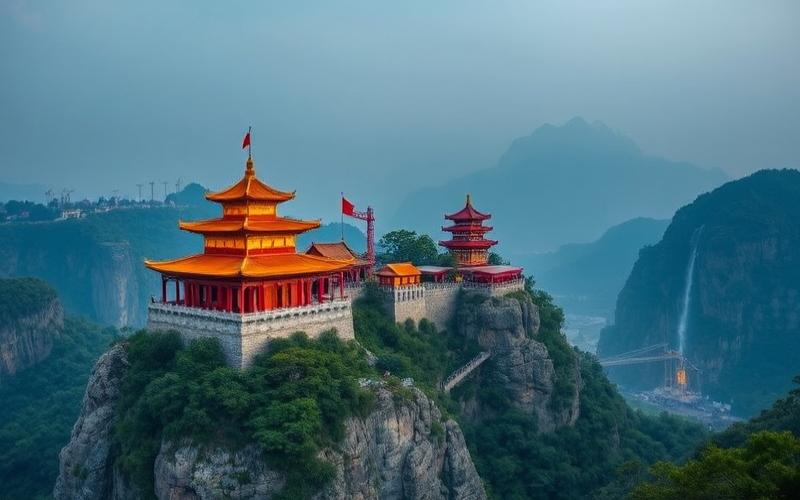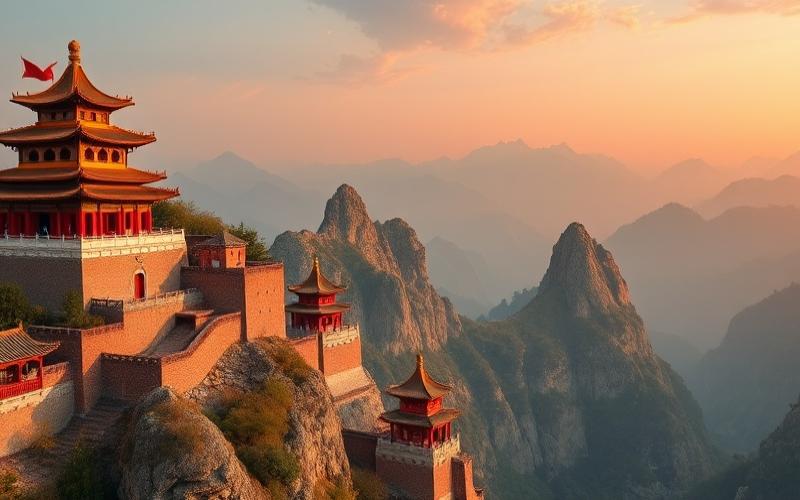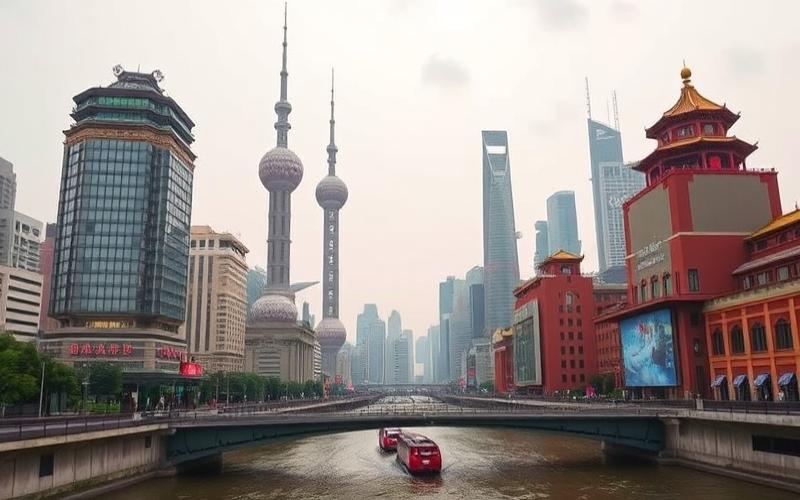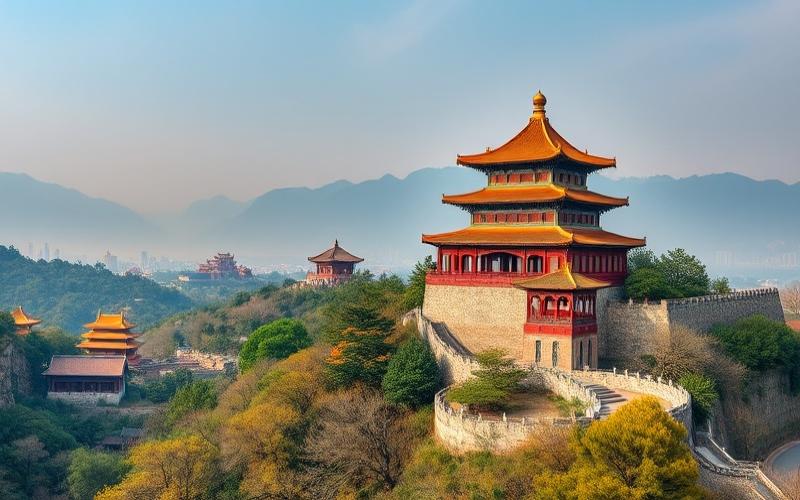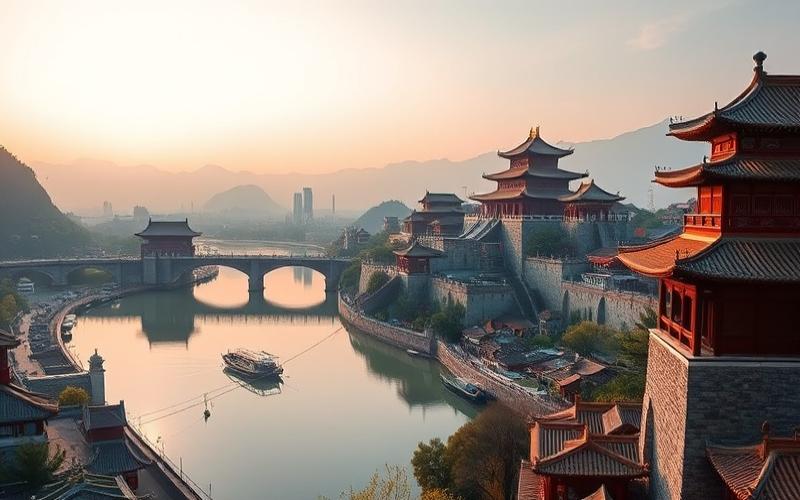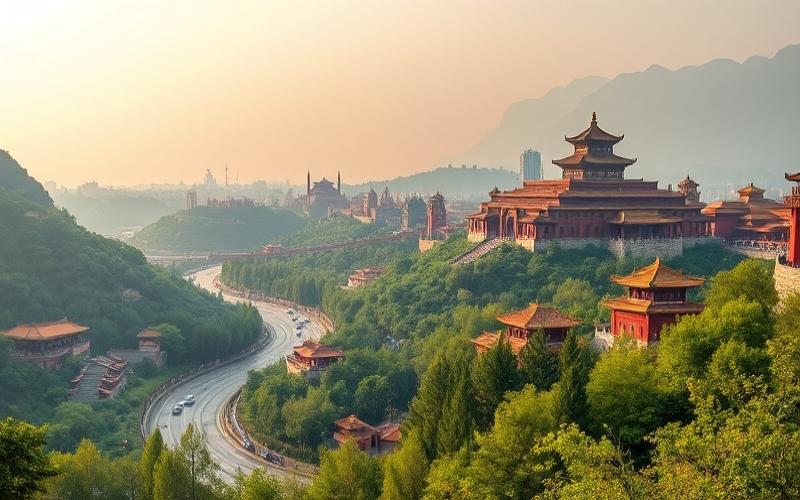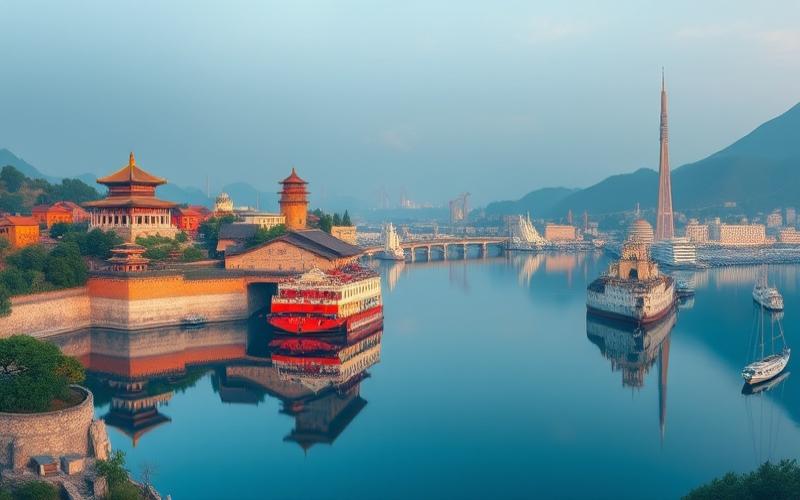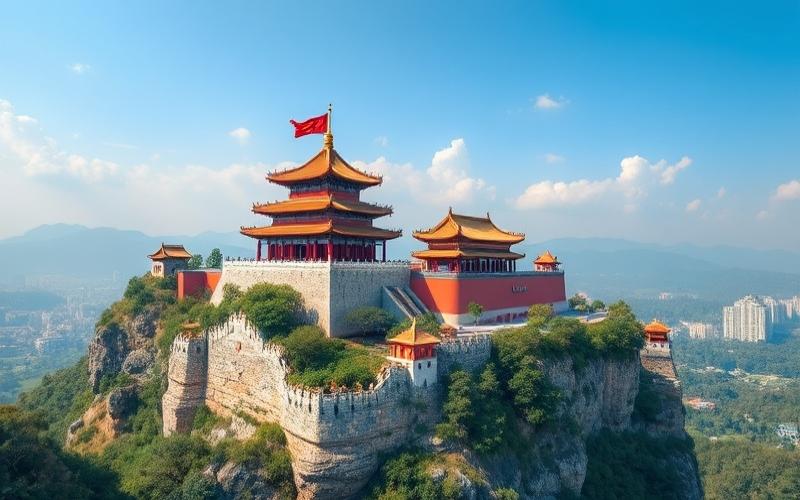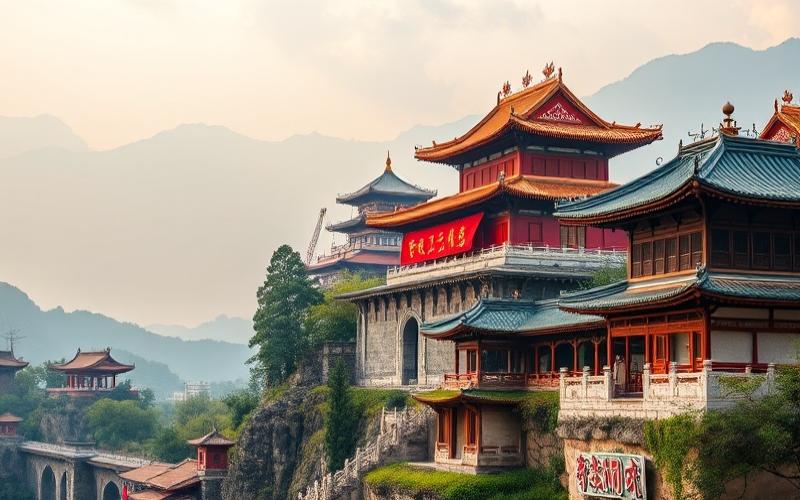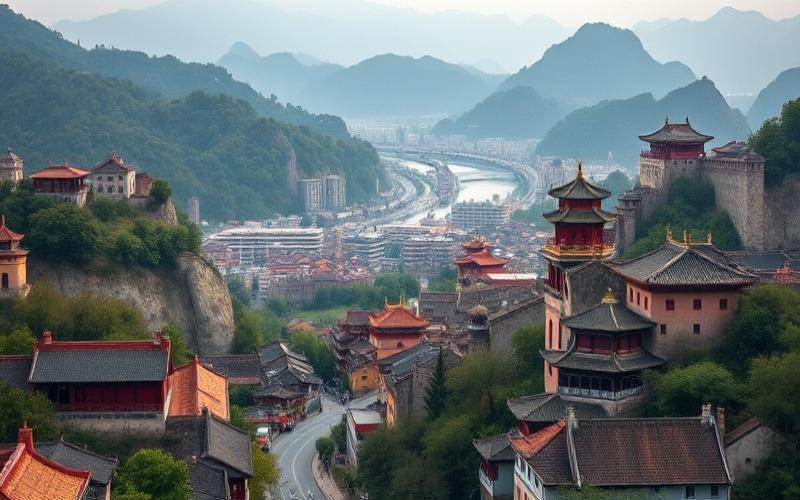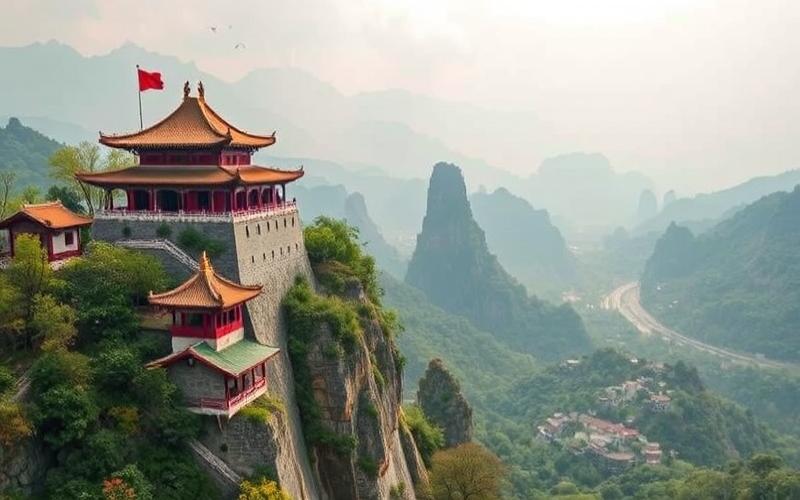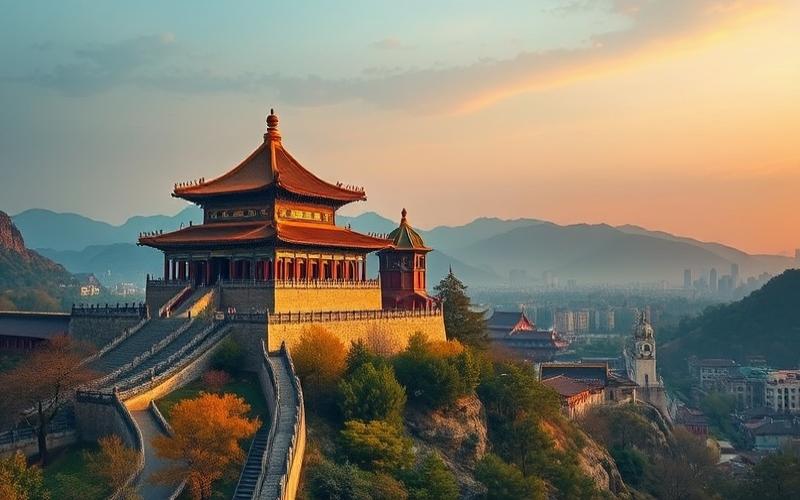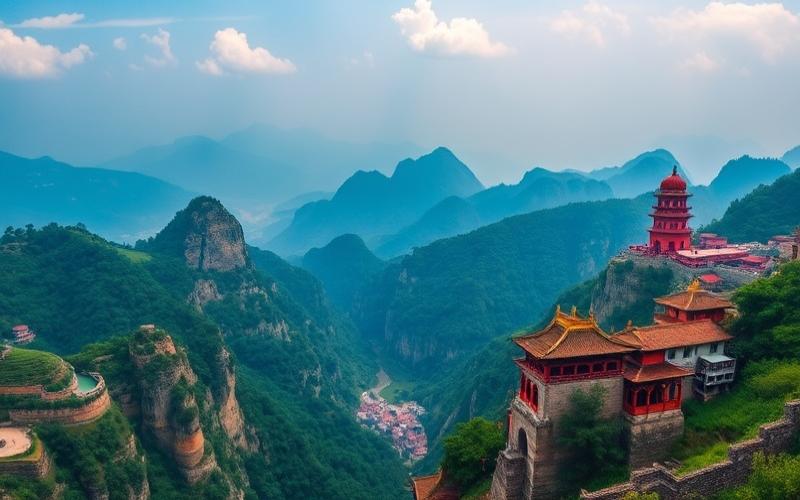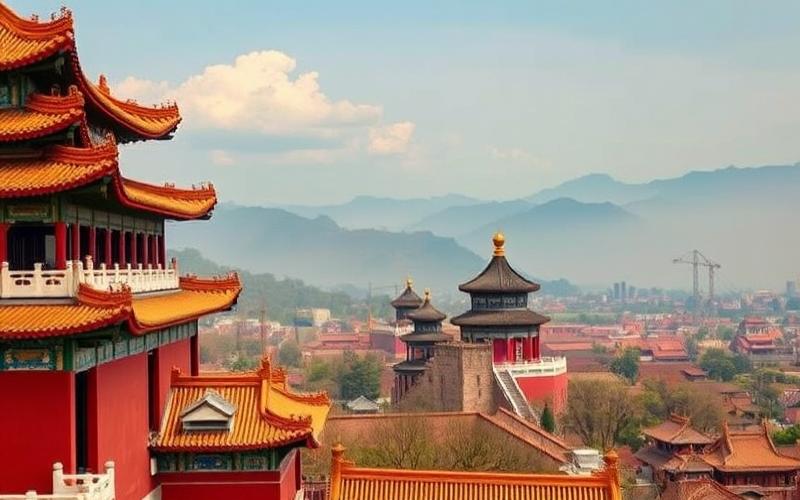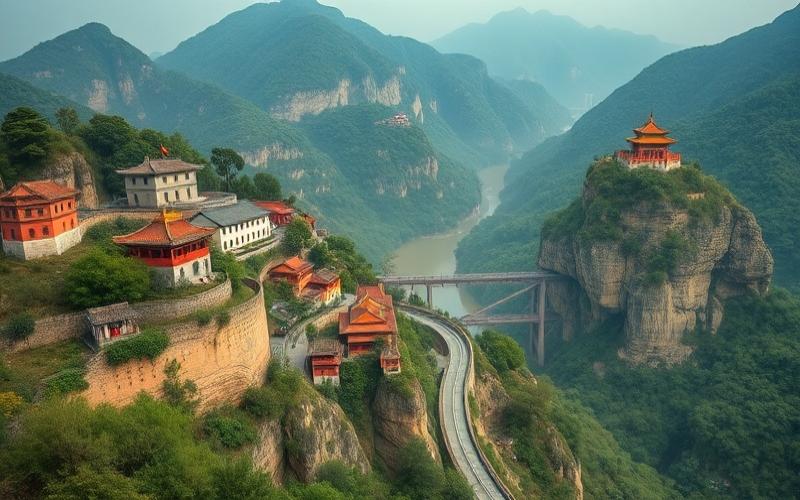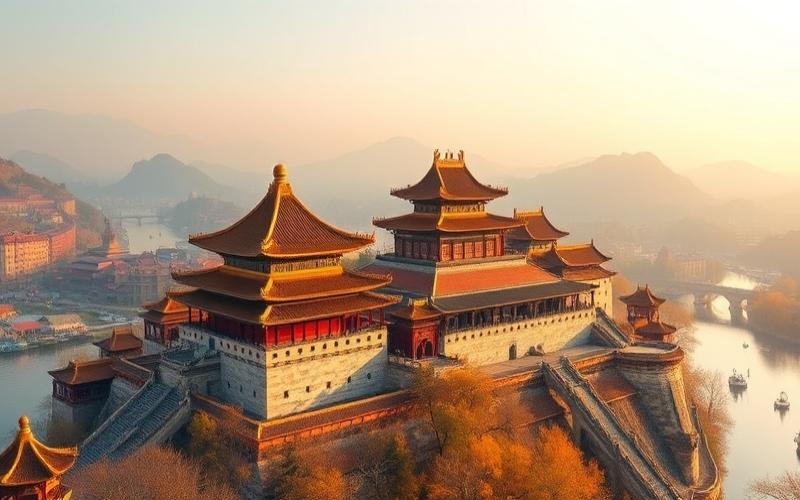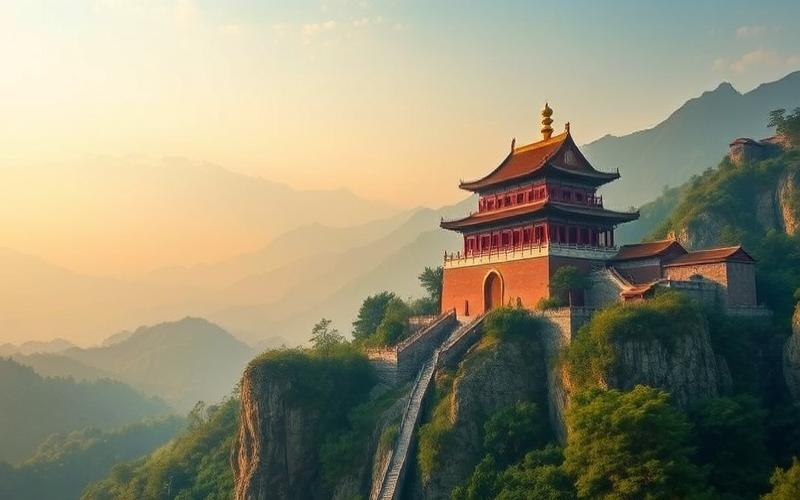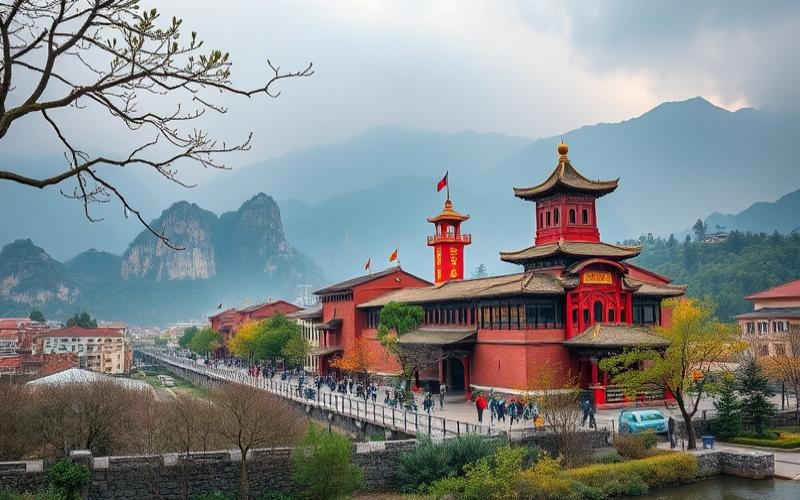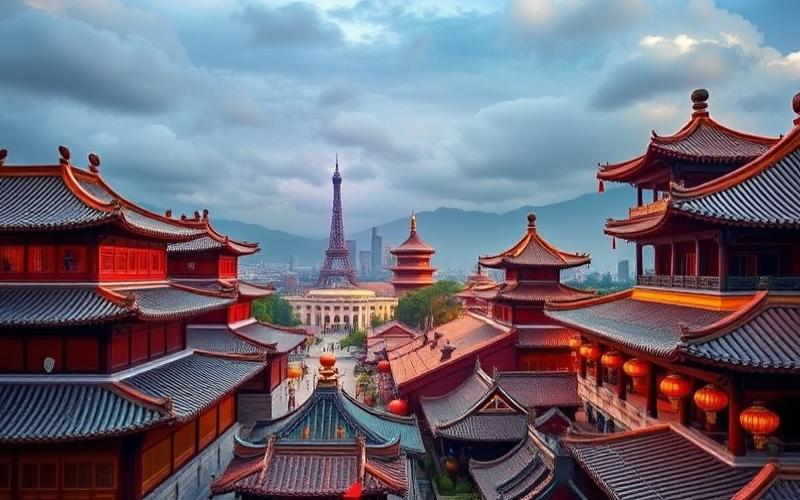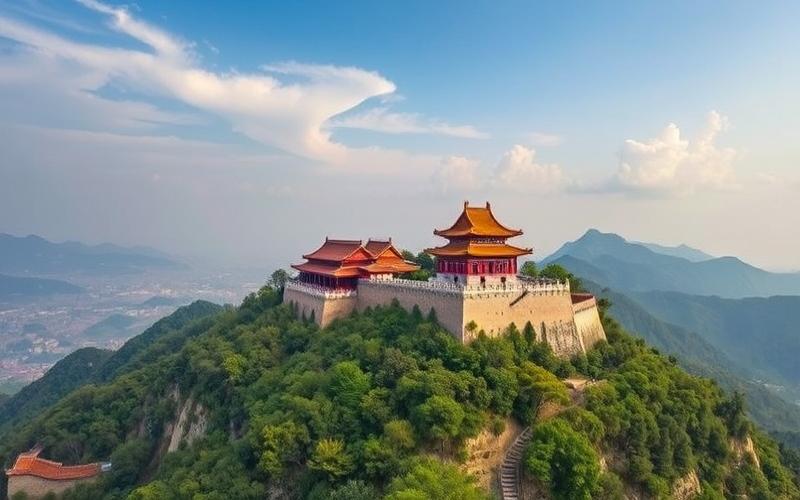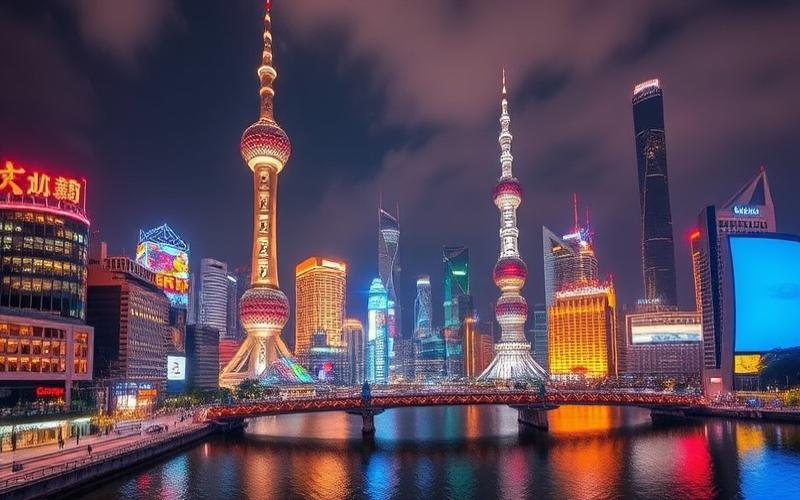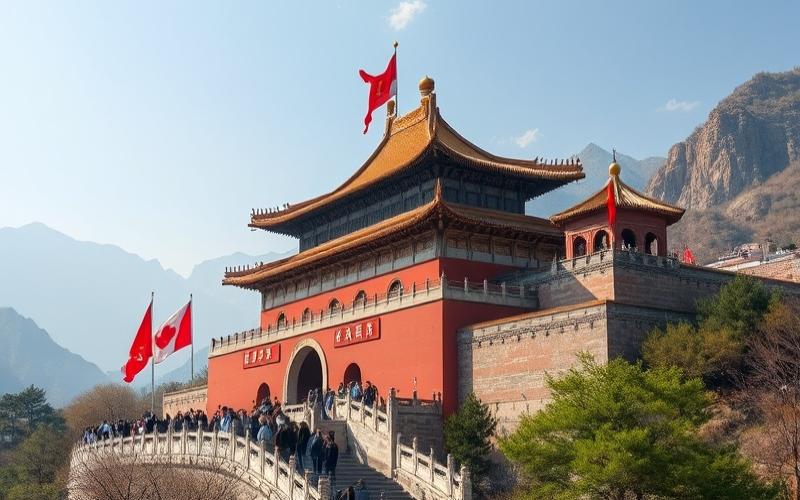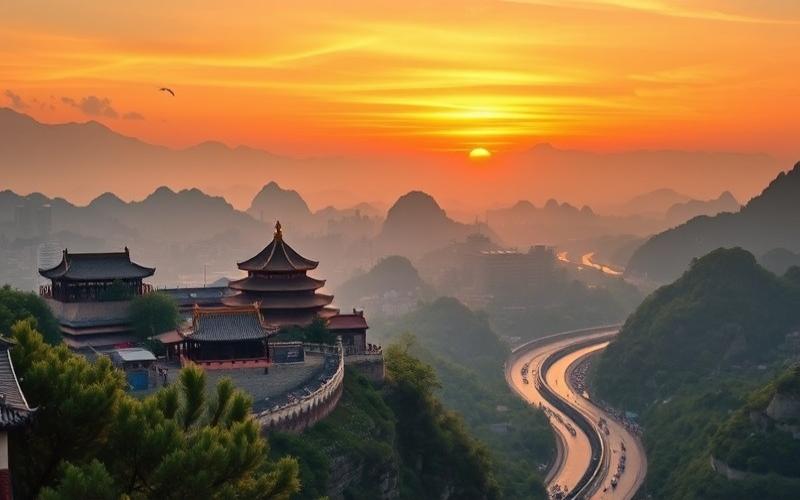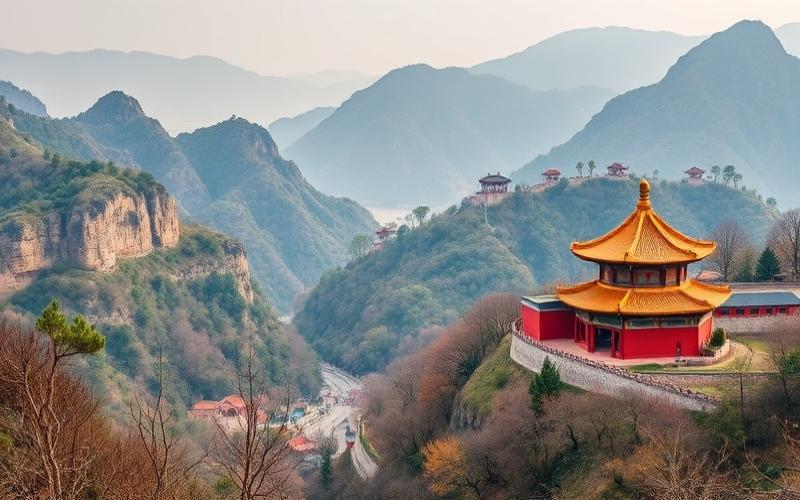
 Published on and written by Cyril Jarnias
Published on and written by Cyril Jarnias
With its fascinating blend of ancient traditions and modern innovations, China offers a range of sports that captivate both locals and visitors alike. From martial arts like Kung Fu to disciplines such as badminton and ping-pong, each activity provides a window into the country’s vibrant culture.
While events like dragon boat races highlight deeply rooted cultural traditions, the growing popularity of basketball and soccer demonstrates global influences on Chinese leisure activities.
Let yourself be captivated by exploring the sports that shape the country’s dynamic identity, and discover how these recreational activities are much more than entertainment in the daily lives of millions of Chinese people.
Iconic Sports to Discover in China
Sports in China embody remarkable diversity, blending ancient traditions with modern disciplines. They form a cornerstone of Chinese culture, reflecting both national identity and the country’s openness to the world. Sports practice, whether ritual, recreational, or competitive, plays a fundamental role in daily life and in transmitting collective values.
Traditional Sports with Deep Cultural Significance:
| Sport | History & Significance | Customs & Practice | Where to Practice/Watch |
|---|---|---|---|
| Tai Chi | Originated in the 17th century, combining martial arts, meditation, and health. Practiced in parks at sunrise, it symbolizes the balance between body and mind. | Slow movements are often performed in groups, especially by seniors. There are numerous regional styles. | Urban parks, Tai Chi festivals, specialized schools. |
| Kung Fu (Wushu) | Dates back over 2000 years, developed in temples (notably Shaolin). Kung Fu carries philosophies like Confucianism and Taoism. | Demonstrations during festivals, group training, performances. Children often start at a young age. | Shaolin Temples, martial arts schools, national competitions. |
| Dragon Boat | Dragon boat racing dating back over 2000 years, linked to the Duanwu Festival. Symbolizes cohesion and team spirit. | Each team paddles to the rhythm of a drum; boat decorations are very colorful. | Dragon Boat festivals (June), especially in southern China (Guangdong, Hunan, Jiangsu). |
Fun Fact:
In the morning, throughout Chinese cities, it’s common to see groups of people practicing Tai Chi or collective dances in public squares, illustrating the importance of physical activity in urban life.
Popular Modern Sports and Their Impact:
- Basketball
Very popular since Yao Ming’s rise and NBA influence. Basketball courts are ubiquitous in schools and residential neighborhoods. Chinese league (CBA) games attract wide audiences, and amateur competitions are organized nationwide. - Badminton
A discipline in which China excels internationally, with many Olympic champions. Badminton is practiced both indoors and outdoors, often among colleagues or friends after work.
Fun Fact: In some cities, it’s not uncommon to see families playing badminton in alleyways in the evening, creating a friendly atmosphere.
| Sport | Origin and Development | Practice/Competition Venues |
|---|---|---|
| Basketball | Introduced in the early 20th century, popularized by the NBA and local stars. | Multi-purpose halls, public courts, CBA stadiums. |
| Badminton | Rapid development since the 1980s, Olympic success. | Gyms, parks, national and international competitions. |
Interesting Facts:
- Traditional sports of ethnic minorities, such as crossbow shooting or river crossing on bamboo, are experiencing renewed interest and are highlighted during major national events.
- Sports practice is encouraged by the state, both for public health and international recognition, as evidenced by the Beijing Olympics and massive investments in sports infrastructure.
- Martial arts, particularly Kung Fu, are experiencing a revival through integration into modern disciplines like MMA, illustrating the fusion between heritage and innovation.
Sports, whether ancient or contemporary, contribute to shaping China’s social fabric, transmitting values of respect, effort, and solidarity, and invite every visitor to discover an essential facet of China.
Good to Know:
In China, the diversity of sports is a fascinating reflection of its rich cultural heritage, blending ancient traditions and modern influences. Tai Chi, with its fluid and meditative movements, is practiced daily in public parks, symbolizing the balance between body and mind. Kung Fu, meanwhile, is a martial discipline that embodies Chinese philosophy and spirituality, with schools accessible to visitors curious to learn the basics. Dragon boat racing, an iconic water sport, is at the heart of the famous Dragon Boat Festival and offers a unique experience during competitions organized throughout the country in summer. Meanwhile, modern sports like basketball, introduced in schools through international cooperation, and badminton, which enjoys popular enthusiasm, testify to the country’s sporting evolution, with countless sports complexes available for total immersion. To fully enjoy these experiences, attending a local tournament or trying these disciplines with local masters allows for an authentic understanding of their role in Chinese daily life.
Where to Practice Your Favorite Sports in China
China has an exceptional network of sports infrastructure distributed throughout the country, enabling the practice of numerous sports for both residents and travelers.
| City | Key Infrastructure | Popular Sports | Access and Audience |
|---|---|---|---|
| Beijing | National Stadium (Bird’s Nest), National Aquatics Center, National Speed Skating Oval, Beijing Badminton Center | Soccer, athletics, swimming, badminton, winter sports | Open to the public, international and local events |
| Shanghai | Shanghai Stadium, Oriental Sports Center, numerous private clubs and multi-sport complexes | Basketball, soccer, swimming, ping-pong | Easily accessible, often by reservation |
| Tianjin | Tianjin 4A Sports Park (ecological and educational sports park) | Basketball, soccer, outdoor recreation | Free access, spaces for all ages |
| Guangzhou | Tianhe Sports Center, modern gyms, tennis centers | Soccer, tennis, badminton, basketball | Easy access for residents and visitors |
| Zhengzhou/Shaolin | Shaolin martial arts schools, specialized centers | Kung Fu, traditional martial arts | Training for locals, programs for foreigners |
| Harbin, Zhangjiakou, Chongli | Ski resorts, winter sports centers | Skiing, snowboarding, skating, Nordic sports | Strong seasonality, facilitated access in winter |
Examples of Renowned Centers and Facilities:
- Beijing Badminton Center: Known for its high-level facilities and national competitions.
- Shaolin Martial Arts Schools (Henan): World reference for Kung Fu practice and learning, programs accessible to foreigners.
- Beijing National Stadium (“Bird’s Nest”): Hosts major athletics and soccer events.
- National Aquatics Center (“Water Cube”): Hosts swimming, water sports, and in winter, curling competitions.
- Tianjin 4A Sports Park: Award-winning urban sports park, combining ecology, education, and diverse sports activities.
Major Sporting Events Organized in China:
- 2008 Summer and 2022 Winter Olympics in Beijing, leaving a legacy of world-class infrastructure.
- Formula 1 Grand Prix in Shanghai.
- International badminton, ping-pong (table tennis), basketball tournaments (including the FIBA Basketball World Cup 2019).
- National soccer competitions, marathons in major cities, martial arts festivals in Shaolin.
Access to Sports Infrastructure
Most major facilities are open to the public, with time slots for amateurs, gym memberships, and online or on-site reservation options.
Specialized centers (badminton, martial arts) offer programs for all levels, including programs for tourists and expatriates.
Large urban sports parks and multi-activity complexes often offer free access or affordable rates.
Practical Tips for Optimizing Sports Experience by Season:
- Winter sports (skiing, snowboarding, skating): Prefer northern regions (Harbin, Zhangjiakou) from December to February.
- Outdoor sports and cycling: Spring and fall ideal for Beijing, Shanghai, Hangzhou, Tianjin, with mild weather.
- Martial arts in Shaolin: Programs year-round, but spring and fall are more pleasant.
- Water sports: Summer in the south (Guangzhou, Sanya) or in indoor complexes year-round.
- For major events, check the official calendar, as some infrastructure may be temporarily reserved for organization or athlete training.
Key Takeaway:
China offers a diversity and quality of sports infrastructure rarely matched, enabling the practice of all major sports under optimal conditions, for enthusiasts and curious visitors alike.
Good to Know:
In China, sports enthusiasts will find quality infrastructure to practice their favorite disciplines. In Beijing, the National Badminton Center offers modern facilities for fans of this iconic sport. Soccer and basketball enthusiasts turn to complexes like the National Stadium – known as the Bird’s Nest – for games and events. Table tennis, or ping-pong, can be played in many dedicated halls in Shanghai and Guangzhou. For martial arts, the Shaolin School offers immersive programs that attract both residents and travelers. Competitions like the Asian Games and other international tournaments often influence the choice of sports destinations. Additionally, spring and fall are ideal seasons for travel due to pleasant temperatures, further facilitating access and practice of these sports. The infrastructure welcomes both locals and tourists, often with accessible registration sessions for those wanting to experience authentic sports experiences.
Sports Budget for Expatriates in China
The sports budget for expatriates in China varies depending on the sport practiced, city of residence, and level of commitment. Popular sports among the expatriate community include soccer, basketball, tennis, golf, swimming, fitness, yoga, and martial arts.
| Sport | Registration/Membership Fees | Required Equipment | Facility Costs (Monthly) | Remarks by City |
|---|---|---|---|---|
| Soccer | 500 – 1,500 RMB/year | Cleats, jersey, ball | 100 – 300 RMB/session (field) | More expensive in Shanghai/Beijing |
| Basketball | 200 – 800 RMB/year | Sneakers, outfit | 50 – 200 RMB/session (gym) | Outdoor courts often free |
| Tennis | 1,000 – 3,000 RMB/year (club) | Racquet, balls, outfit | 100 – 300 RMB/hour | Private clubs more expensive |
| Golf | 8,000 – 30,000 RMB/year | Clubs, balls, attire | 500 – 1,500 RMB/green fee | Very expensive in Shanghai/Beijing |
| Swimming | 500 – 1,500 RMB/year (club) | Swimsuit, goggles, cap | 30 – 100 RMB/entry (pool) | Higher prices in major cities |
| Fitness/Gym | 200 – 500 RMB/month | Outfit, shoes | Included in membership | International chains more expensive |
| Yoga | 500 – 2,000 RMB/month | Mat, clothing | Included in membership | High-end studios in Shanghai |
| Martial Arts | 800 – 2,500 RMB/year | Gi, protective gear | Included in registration | Stable rates across cities |
Factors to Consider:
- Sports club registration fees vary significantly between tier 1 cities (Shanghai, Beijing, Shenzhen, Guangzhou) and secondary cities. International or high-end clubs are noticeably more expensive in metropolitan areas.
- Imported equipment (racquets, golf clubs, brand sneakers) often costs more than in Europe. Opting for local or second-hand purchases helps reduce expenses.
- Some municipal sports facilities offer preferential rates or even free access to outdoor courts (basketball, soccer), especially in smaller cities.
- Memberships at local gym chains are generally more affordable than international or specialized facilities.
Available Subsidies or Support:
- Companies employing expatriates sometimes offer subsidies for sports activities, in the form of membership reimbursements or access to partner clubs.
- Some embassies, chambers of commerce, or expatriate associations offer negotiated rates or free sports events.
- International schools often include access to certain sports facilities in their tuition fees for expatriate families.
Tips for Optimizing Sports Budget:
- Compare offers between local and international clubs: Chinese clubs are often cheaper, although language barriers may exist.
- Take advantage of public facilities, widely available in large urban parks (basketball courts, outdoor fitness equipment).
- Purchase used equipment or during expatriate sales.
- Consult the local expatriate community to find good deals and informal sports groups (free or low-cost meetups).
- Anticipate promotion periods (back-to-school, Chinese New Year) for memberships and equipment purchases.
Key Takeaway: Costs related to sports practice in China generally remain lower than in Europe for most activities, provided you prioritize local clubs and manage equipment purchases wisely.
Solutions to reduce the budget exist through community life, companies, and public infrastructure.
Good to Know:
In China, sports-related costs for expatriates vary considerably by city. In Beijing or Shanghai, annual sports club membership can cost between 500 and 1,500 yuan, while in less populated cities like Chengdu or Xi’an, these fees may be lower. A monthly gym membership typically ranges between 200 and 400 yuan. Some sports like badminton or Tai Chi require little equipment, thus reducing costs, unlike golf or horseback riding, which are more expensive. International quality sports equipment is easily found but can be more expensive. However, expatriate forums often offer used equipment at reduced prices. Local subsidies may be available for group activities, and it’s useful to inquire with sports clubs that sometimes offer special discounts for expatriates. To manage this budget, it’s recommended to opt for multi-access cards to various facilities or join expatriate groups to share membership and equipment costs.
Disclaimer: The information provided on this website is for informational purposes only and does not constitute financial, legal, or professional advice. We encourage you to consult qualified experts before making any investment, real estate, or expatriation decisions. Although we strive to maintain up-to-date and accurate information, we do not guarantee the completeness, accuracy, or timeliness of the proposed content. As investment and expatriation involve risks, we disclaim any liability for potential losses or damages arising from the use of this site. Your use of this site confirms your acceptance of these terms and your understanding of the associated risks.

